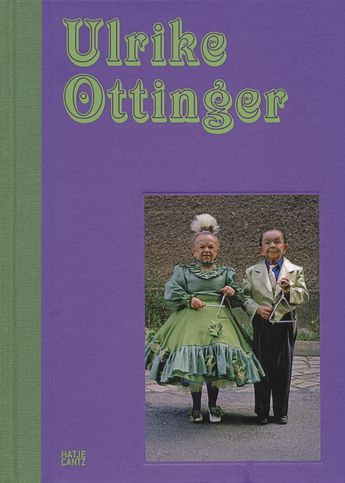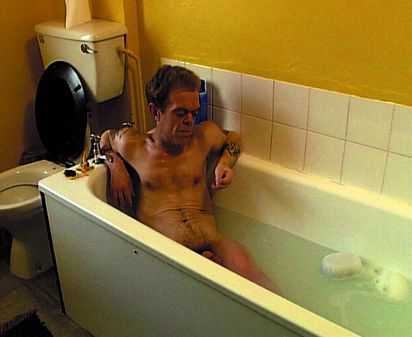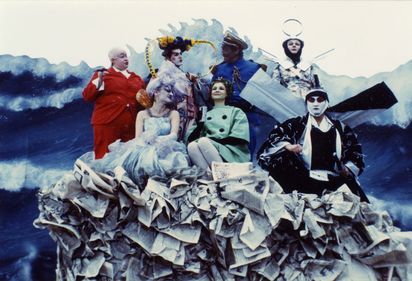With Freak Orlando, Ulrike Ottinger crafted a visually stunning, feature-length historical spectacle. The film centers around the character Orlando, who—inspired by Virginia Wolf's eponymous novel—can switch his gender and thus is continually reborn. In Ottinger’s work, it is Orlanda whom we follow through time in five episodes—from antiquity and the Middle Ages to the present. Yet, the action does not take place before a historical backdrop, but in the industrial landscapes of Berlin, including a coal dump and a decommissioned gas works and an adjacent water tower.
Freak Orlando is also a panopticon of the abnormalities displayed in circuses, freak shows and county fairs of old. We encounter dwarfs, hermaphrodites, Siamese twins, cat people, chickens with baby heads and a woman with no abdomen. Ottinger refers to historical models as they appear in literature. With this reference, the artist highlights how discrimination against ‘the other’ has a long tradition. The wondrous figures are normal in Freak Orlando. “Everything is permitted and is even exhibited, things that don’t seem to exist or are suppressed in life”, explains Ottinger. Thus, Freak Orlando is also an enthusiastic plea for being different.
A trained visual artist, in 1970s Ottinger began working in film, which quickly became her preferred artistic medium. After studying in Paris, she returned to her native city of Constance and founded a film club, which also included a gallery. In 1973 she moved to Berlin, where she filmed a happening documentary starring Wolf Vostell and the pirate film Madame X. The 1981 film Freak Orlando is the third part of the so-called Berlin trilogy, which also includes Portrait of a Drinker (1979) and Dorian Gray in the Mirror of the Yellow Press (1984).




